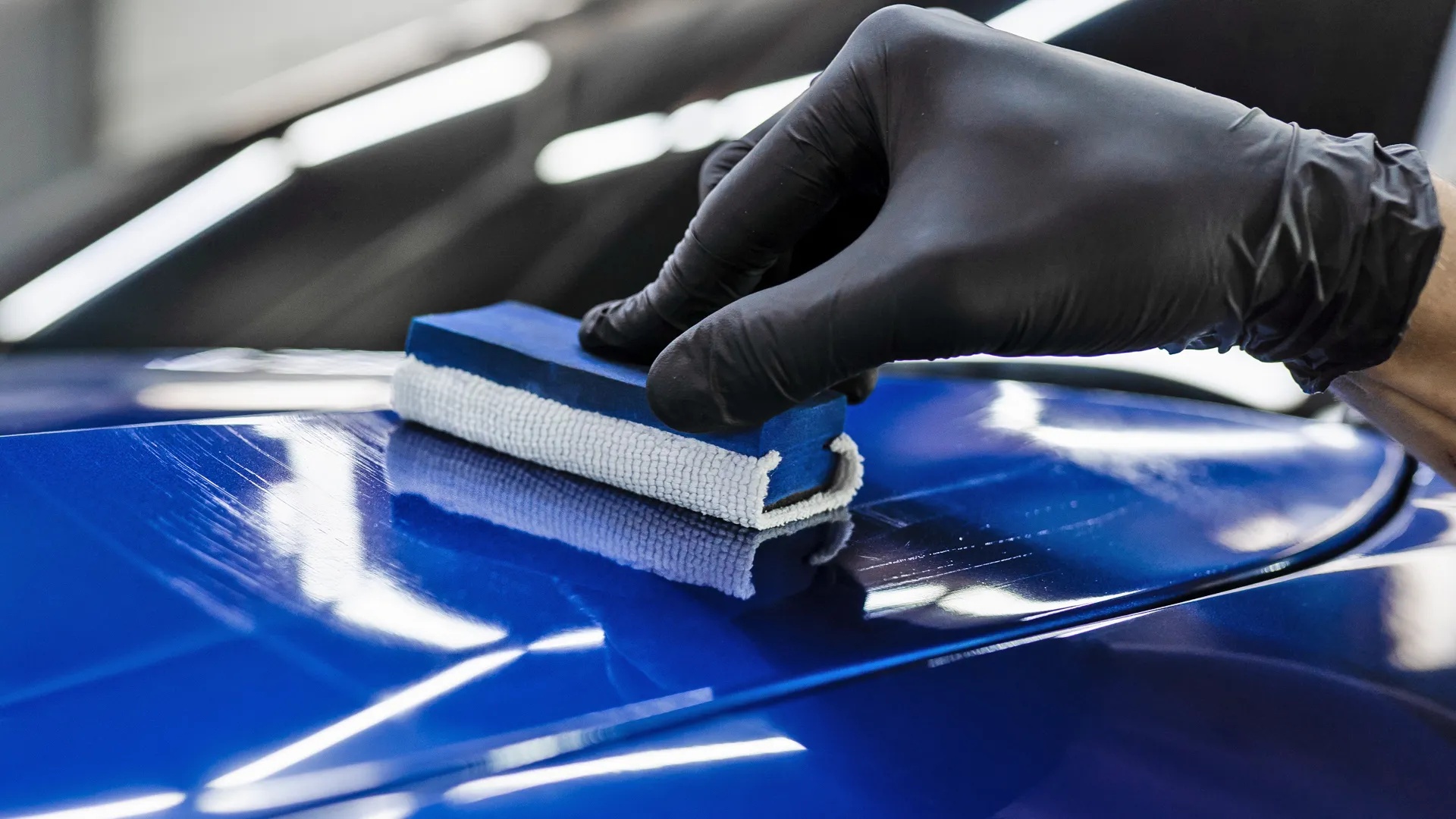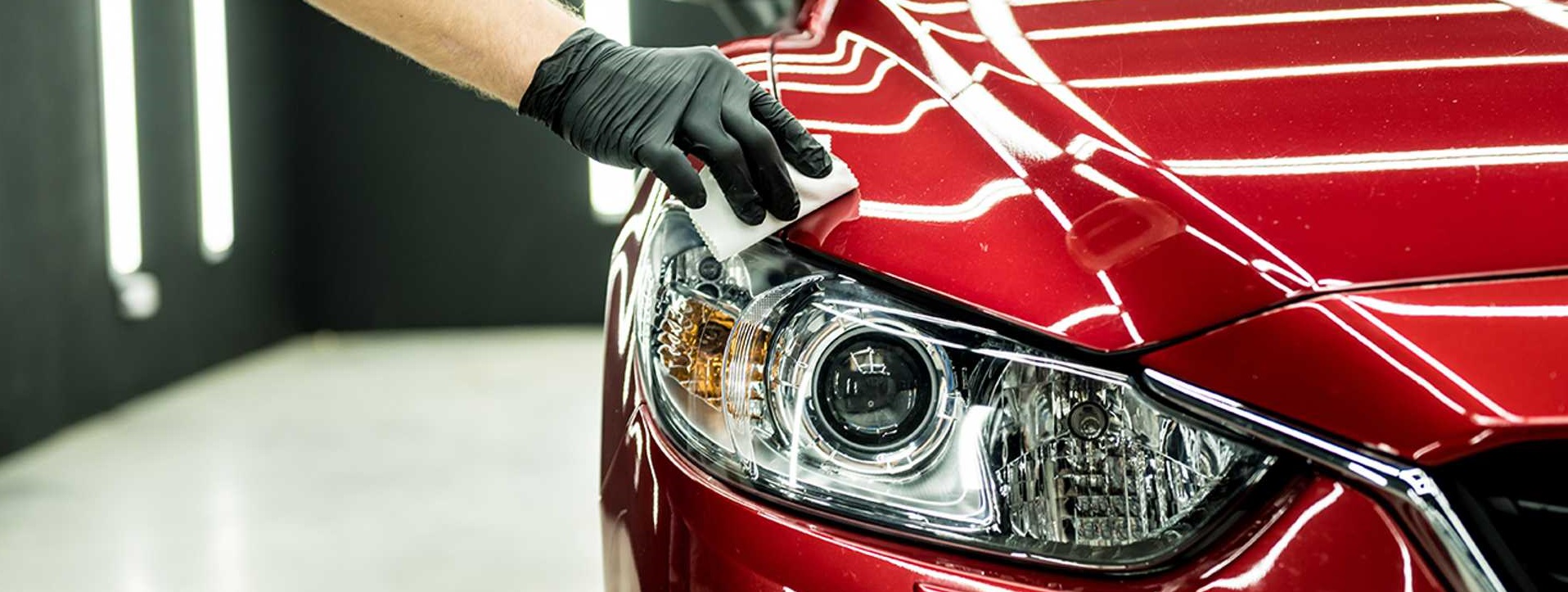The Long-Term Conveniences of Choosing Ceramic Coating Philadelphia for Your Vehicle
The Long-Term Conveniences of Choosing Ceramic Coating Philadelphia for Your Vehicle
Blog Article
Why Ceramic Covering Is the Ultimate Service for a Perfect Complete
Ceramic covering has actually arised as a leading solution for those looking for a flawless surface for their automobiles, thanks to its exceptional sturdiness and protective functions. This advanced liquid polymer not only bonds flawlessly with factory paint yet likewise uses a formidable obstacle against typical dangers such as scrapes, UV rays, and toxic wastes. Its hydrophobic buildings simplify upkeep while improving visual appeal. Comprehending how this technology compares to conventional approaches and discovering its application nuances can reveal even much more concerning its worth. What elements genuinely established ceramic layer apart?
What Is Ceramic Covering?

When applied properly, ceramic layer produces a hydrophobic surface area that wards off water and dirt, making it much easier to keep and cleanse. Unlike traditional waxes or sealants, which normally provide temporary defense, ceramic finishes can last for several years, depending upon the item top quality and application approach. The process of using ceramic covering requires meticulous preparation, including comprehensive cleaning and occasionally repaint correction, to guarantee optimum bonding and efficiency.
Ceramic layers are not limited to automotive surfaces; they can likewise be utilized on various materials, including glass, metal, and plastics, giving a functional service for boosting security. In general, ceramic finishing stands for a substantial development in surface area security technology, integrating both visual and functional benefits for a large range of applications.
Benefits of Ceramic Layer
While lots of surface area protection alternatives exist, the advantages of ceramic finish stand apart due to its special homes and long-lasting efficiency. Among the primary benefits is its remarkable resilience. Ceramic Coating Philadelphia. Unlike typical wax or sealants that need frequent reapplication, ceramic coverings give a resistant layer that can last for numerous years, considerably lowering upkeep initiatives
An additional remarkable advantage is boosted defense against ecological impurities. Ceramic layers create a hydrophobic surface that wards off water, dust, and numerous contaminants, making it simpler to clean up. This feature not just maintains the automobile's look however additionally reduces the risk of rust and oxidation, especially in severe climate condition.
Moreover, ceramic coatings offer remarkable resistance to UV rays, avoiding fading and destruction of paint over time. This UV security is essential for maintaining the visual worth of cars and surfaces exposed to route sunlight.
Furthermore, the glossy surface achieved with ceramic finish enhances the general visual charm, offering surface areas a showroom-quality luster. Generally, ceramic finishes represent a substantial advancement in surface area security technology, supplying enduring benefits that satisfy both visual and useful needs.
Exactly How It Works
Understanding the scientific research behind ceramic finishings Web Site discloses how they provide such remarkable protection and longevity. At its core, a ceramic finishing is a fluid polymer that chemically bonds with the lorry's factory paint.
The application procedure includes several actions, consisting of surface area preparation, which is important to accomplishing optimum attachment. Once applied, the finish goes through a treating process, during which it sets and creates a semi-permanent bond with the paint surface. This bond is what distinguishes ceramic finishes from traditional waxes and sealants, providing a longer-lasting protective barrier that can withstand for many years.
Additionally, the density of the finishing can improve its safety top qualities, guaranteeing that it can stand up to harsh conditions. Eventually, the scientific research of ceramic finishings integrates sophisticated materials with innovative application techniques to deliver an unparalleled level of security and visual enhancement for lorries.
Comparison With Typical Approaches
The advantages of ceramic finishings become specifically evident when contrasted to typical paint defense approaches such as waxes and sealants. While waxes offer a momentary shine, usually lasting a few weeks to a number of months, ceramic finishes provide a resilient protective layer that can sustain for a number of years. This resilience considerably minimizes the regularity of reapplication, making ceramic layers a much more affordable service with time.
Additionally, conventional techniques commonly need substantial preparation and numerous applications to attain an adequate degree of defense. In contrast, ceramic layers bond at a molecular degree with the automobile's surface, developing a durable shield against environmental impurities like UV rays, acid rainfall, and road salts. This bond improves the vehicle's resistance to scratches and swirl marks, which prevail with typical waxes and sealants.
Furthermore, the hydrophobic homes of ceramic finishings ward off water and dirt, causing easier cleansing and maintenance. On the other hand, wax and sealant-treated surfaces can attract crud, requiring more regular cleaning - Ceramic Coating Philadelphia. On the whole, ceramic finishings not only give premium defense but likewise provide an extra visually enticing and long-lasting finish, establishing them as the favored choice for discerning automobile owners
Application and Upkeep Tips

Utilizing a foam applicator, apply the finish in little sections, following the maker's standards relating to thickness and overlap. Permit enough curing time between coats, normally 24-hour, to make certain proper bonding. After application, it is important to prevent direct exposure to water or extreme elements for at the very least a week to permit the finish to completely treat.
Furthermore, making use of a ceramic maintenance spray can enhance the coating's hydrophobic properties and durability. Normal evaluations for any type of signs of wear will certainly help keep the layer's stability and preserve that beautiful surface.
Verdict
In verdict, ceramic finish emerges as an exceptional alternative for accomplishing a perfect automotive finish. By developing a durable bond with factory paint, ceramic layer successfully shields against scrapes, UV rays, and environmental pollutants.

Report this page